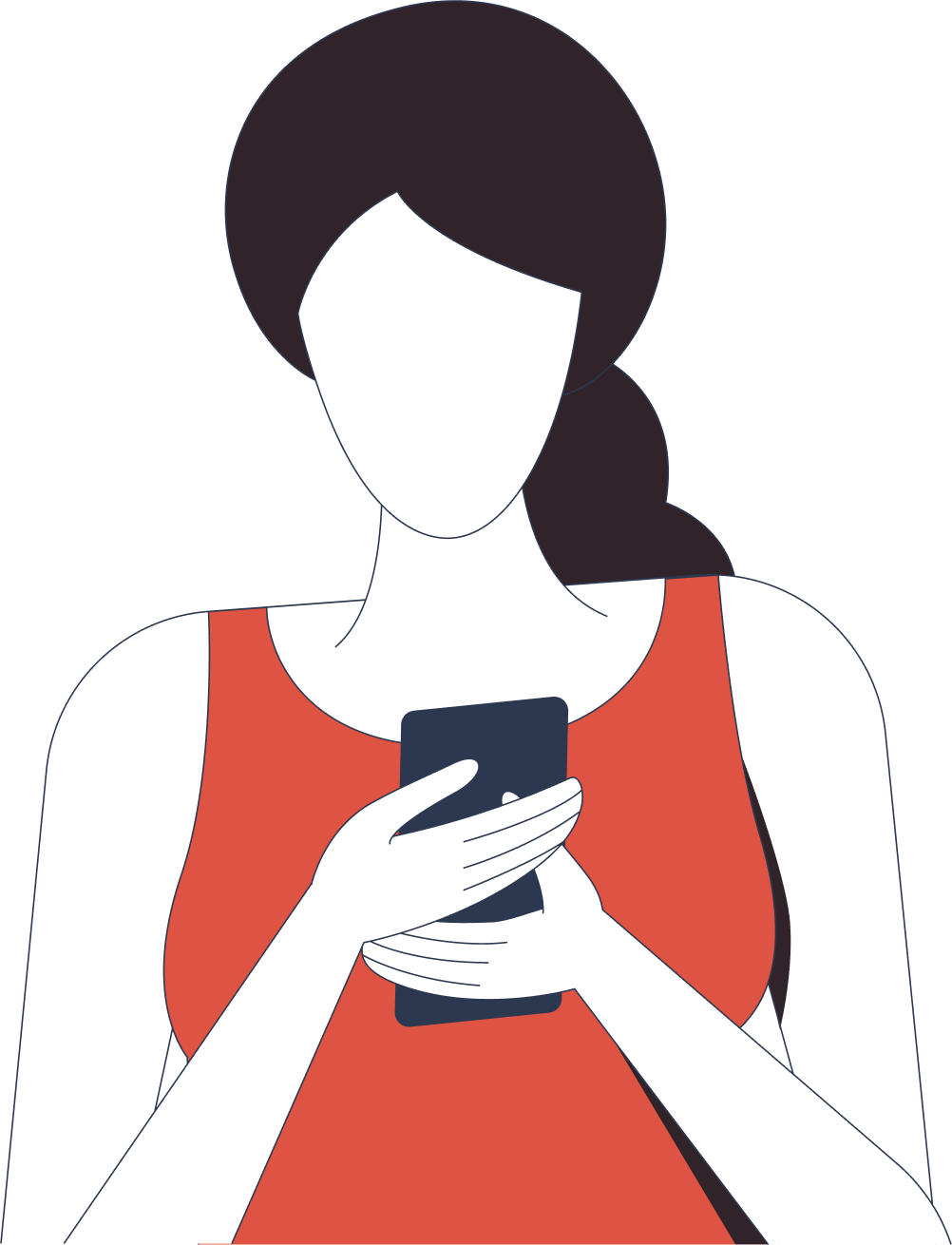Five Screen-Time Life Hacks
Written by Dr Tania McMahon

It’s 9pm. You’re exhausted. You’ve just finished dinner, maybe putting the kids to bed, tidying up around the house and vaguely thinking about what you have on tomorrow, and you have approximately one hour before you drag yourself, bleary-eyed, into bed to get some sleep and do it all again tomorrow. It’s time for some ‘you’ time! What about checking social media for a few minutes before figuring out what you could do to relax?
It’s 10:15pm, you realise with a start, as you peel your eyes up from Instagram and check the clock. “A few minutes” has turned into over an hour, and any time that could have been spent tinkering on that craft project, strumming on the guitar, or pulling a new book off the shelf has now been sucked up by the black hole of your digital device. While you have a vague sense of being mildly entertained over the past hour, you can’t remember exactly what it was you were looking at, and your brain is in a strange state between buzzing with alertness and feeling strangely fatigued. As you scramble to get ready for bed, you can’t help but notice a strange feeling of discomfort, a low-level frustration that something hasn’t been tended to, or you didn’t finish something; a feeling of being left unsatisfied.
Sound familiar? You’re not alone. Our devices embody an almost perfect solution to temporary boredom: brief, instant entertainment, on demand. Yet when we find ourselves turning to them at every idle moment, day after day, night after night, we start to realise that they are taking us away from all those things we’d “love to be doing more of”, but that take a little more time and effort to get into. And when we do less and less of those activities we value, we fall more and more into the same trap of turning to our digital devices whenever we have a moment of boredom.
So, how do we hack our way out of this digital ditch? Here are five quick tips to get you started:
1. Categorise screen time into ‘work’ and ‘leisure’.
We all know that some screen time is unavoidable – emails, online banking, checking the bus schedule, and so on. However, this ‘necessary’ screen time need not get mixed in with checking social media, playing games, and browsing the web. By mentally categorising each function, app and activity on your device as ‘work’ or ‘leisure’, you can start to build awareness of your use, and then start to make decisions about how much ‘leisure’ time you really want to spend on it.
2. Track your use
Devices have a funny habit of ‘warping’ time while we’re on them, making it seem like only 10 minutes has passed, when it’s actually been much longer than that. It follows, then, that all of us are rather poor judges of how much time we’re spending on them. By downloading an app that tracks your use (popular options include ‘Quality Time’ for Androids and ‘Moment’ for iPhones), you’ll be able to analyse your use over days, weeks and months, as well as look at patterns of use across the different apps on your device. By knowing when, were and how you use your device the most, you’ll be able to set your own personalised goals for what you’d prefer your use to be like.
3. Set regular screen-free times
While everyone’s screen time rules are ultimately going to be different, a good general rule for everyone to apply is to set at least one regular screen-free time. Some choose a screen-free breakfast, so they can connect meaningfully with their family first thing in the morning; some choose the train or bus trip to work, so they can use it as ‘thinking time’; many choose the hour before bed, because of the strong evidence linking screen use before bed to sleep difficulties. The options are numerous!
4. Change your notification settings
Notifications are designed to catch our attention – a red badge here, a blinking light there. The more we see, the more we feel the compulsion to check them, irrelevant of how important or urgent they actually are (and let’s face it, how many times have those notifications been utter time-wasting distractions??). A simple solution to this is to change your Notification settings so that you only receive Push notifications for things you feel are absolutely necessary. Or, be daring and change them all to Manual!
5. Make your leisure screen time as goal-directed as possible
Get into the habit of asking yourself ‘what am I wanting to achieve by looking at my device right now?’ and ‘is this my preferred use of my time right now’? More often than not, you may find that mindlessly scrolling through social media is not your preferred use of your time. Sure, the answers might be ‘I want some quick entertainment’ and ‘yes, as long as I start making dinner in 10 minutes’, but at least it means that you are consciously making that choice, and that you have defined a meaningful limit to your use. That way, if more than 10 minutes go by and you realise you haven’t started making dinner, you know it's no longer a good use of your time.
Connect with us
Get in touch
info@benchmarkpsychology.com.au
(07) 3493 6600
We acknowledge the Traditional Owners of the land where we work and live, and pay our respects to Elders past and present. We celebrate the stories, culture and traditions of all communities who also work and live on this land.
Copyright © 2025
